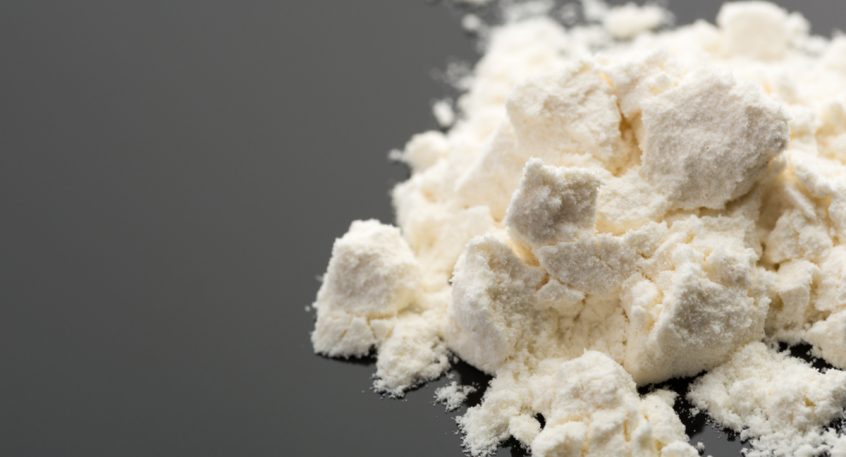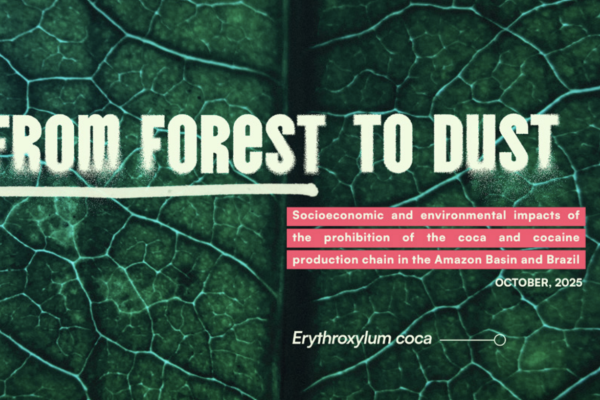1st April 2019

Last week, the Home Office and Public Health England published the results of a new inquiry into the increase in crack cocaine use in England. It makes for difficult reading for anyone who thinks current drug policies are effective.
The report confirms what the United Nations says in its most recent status reports: that the global production of both cocaine and heroin has grown dramatically in recent years. This has a number of knock-on effects. It increases the supply, thereby incentivising dealers to expand their markets; it also leads to increased purity - the purity of crack in the UK, for instance, doubled from 2013-16. This means that dealers now compete on price, and that more dangerous products are more attractive to users.
We are now seeing crack suppliers engaging in the kind of two-for-one and happy hour promotions that many of us will recognise from the alcohol market. Competition is leading to demand stimulation that is both sophisticated and ruthless. In targeting people already using heroin, suppliers are creating new levels of demand for crack – which users report has shifted from an occasional ‘treat’ to the norm. All of this demand is serviced through efficient supply networks with little disruption from the police. One respondent describes it as being easier, and quicker, to buy crack than ordering a pizza - something that the Global Drug Survey has also observed.
PHE also note that the upsurge in serious violent crime associated with drug markets is driven primarily by suppliers either competing for trade in a given area or policing their own supply networks through intimidation and threats. Crack and heroin users, it reports, are far less likely to be the source of violence than suppliers (which, it’s worth noticing, is the opposite of the alcohol market, where supply is relatively orderly and most of the violence is associated with use).
The overall picture is one of a market that is developing quickly, and establishing mechanisms of supply and promotion that are operating entirely in parallel to the legal system which, in theory at least, attempts to police drug markets in order to reduce the harms they cause. In reality, as PCC Ron Hogg and others said on ITV News recently, such disruption as the police can achieve does little to reduce the supply – indeed, clampdowns are more often followed by upticks in violence as new suppliers compete to fill the vacuum. At best markets are temporarily displaced.
It may not be easy to envisage how alternative forms of regulation could be applied to markets such as this, characterised as they are by a combination of extreme vulnerability and intense violence. But we need to think outside of the box, since the status quo is clearly failing. Following a successful crowdfunding campaign, we are working on a book-length study of how cocaine and other stimulant markets might be more effectively controlled through legal regulation. This is not easy policy thinking, and we can expect a lot of challenge, but I’m proud that we are taking that step. We all need to imagine the alternatives, because more of the same is the worst of all worlds.
James Nicholls, CEO
@jamesqnicholls




